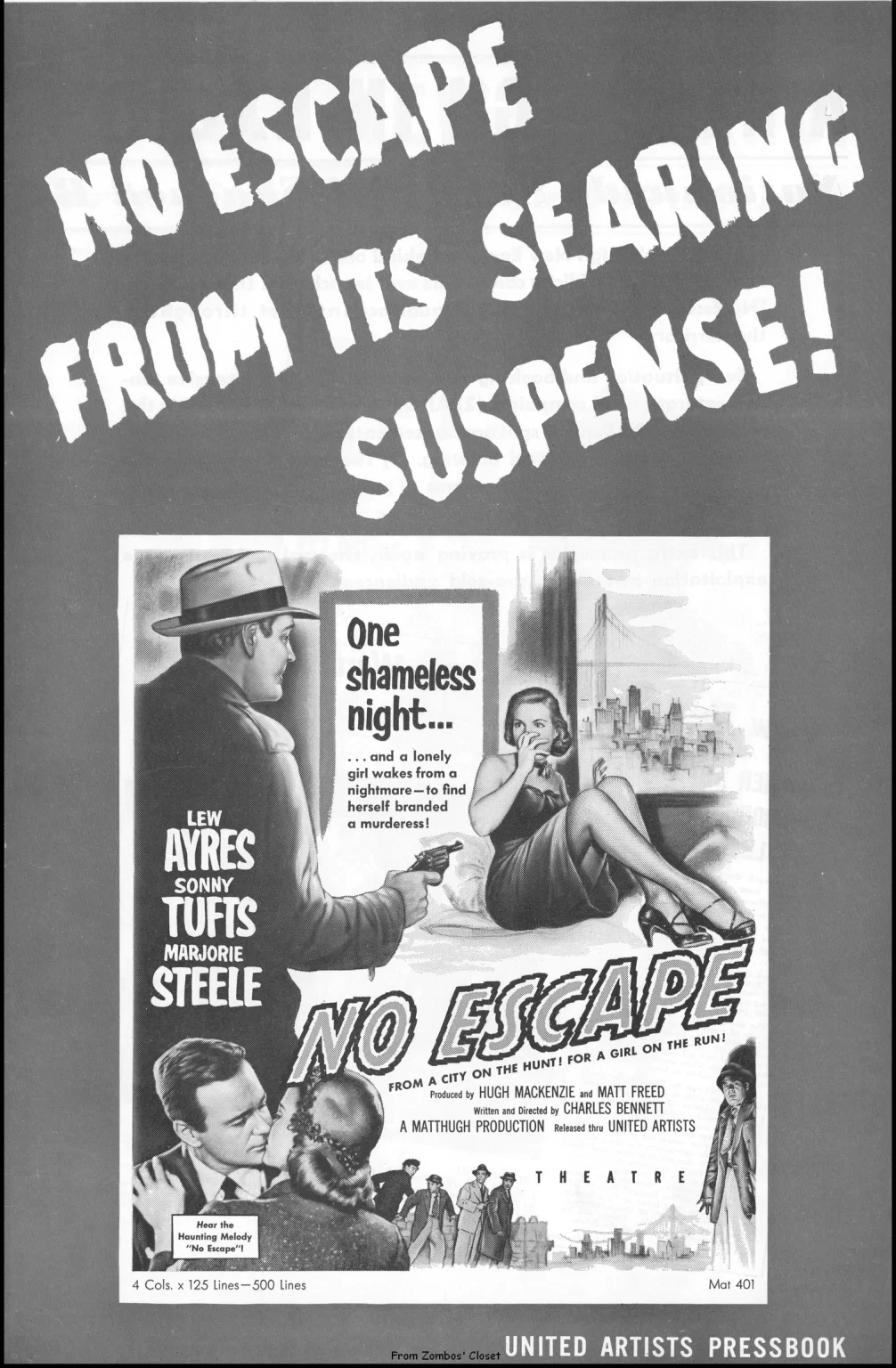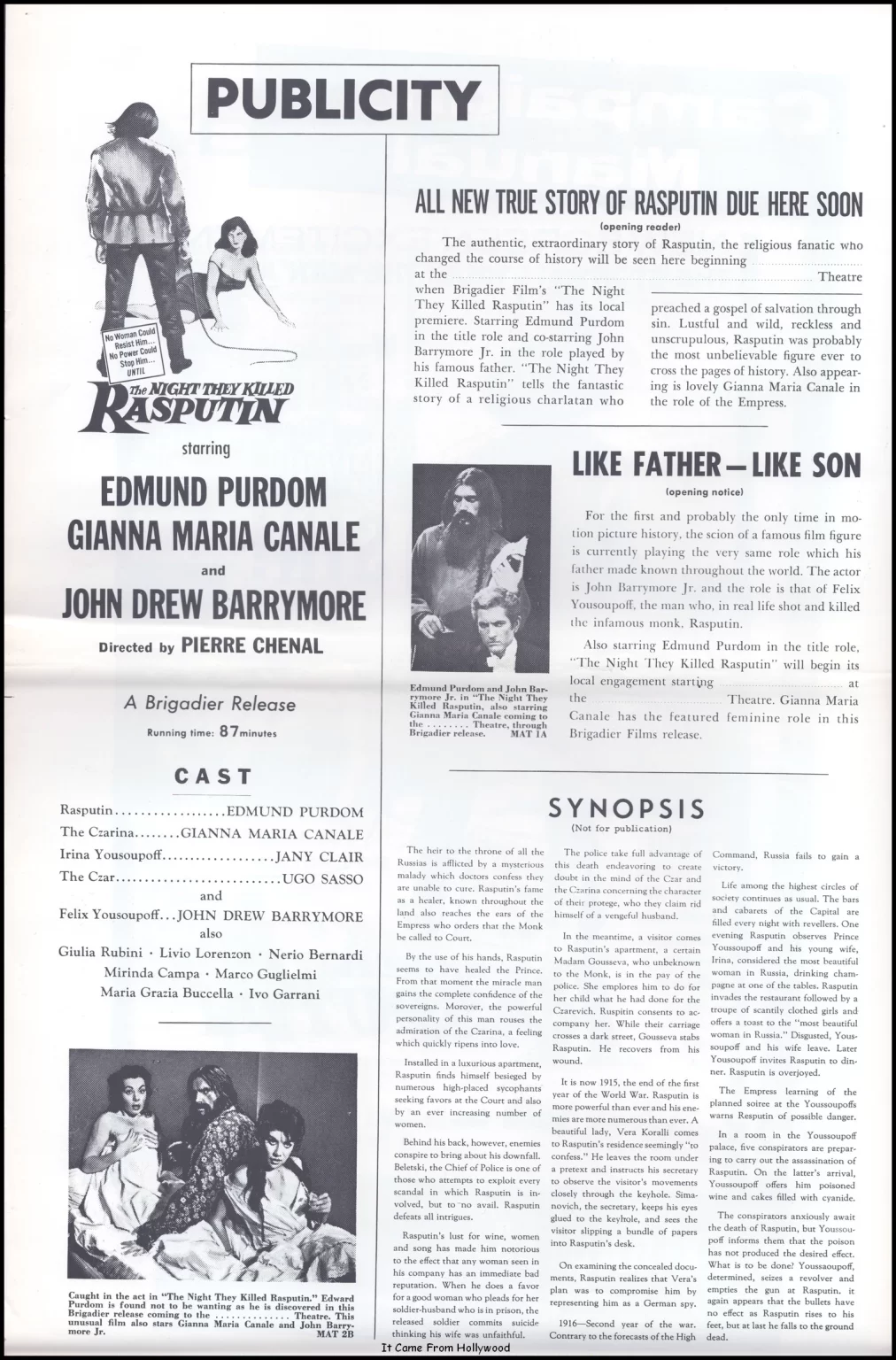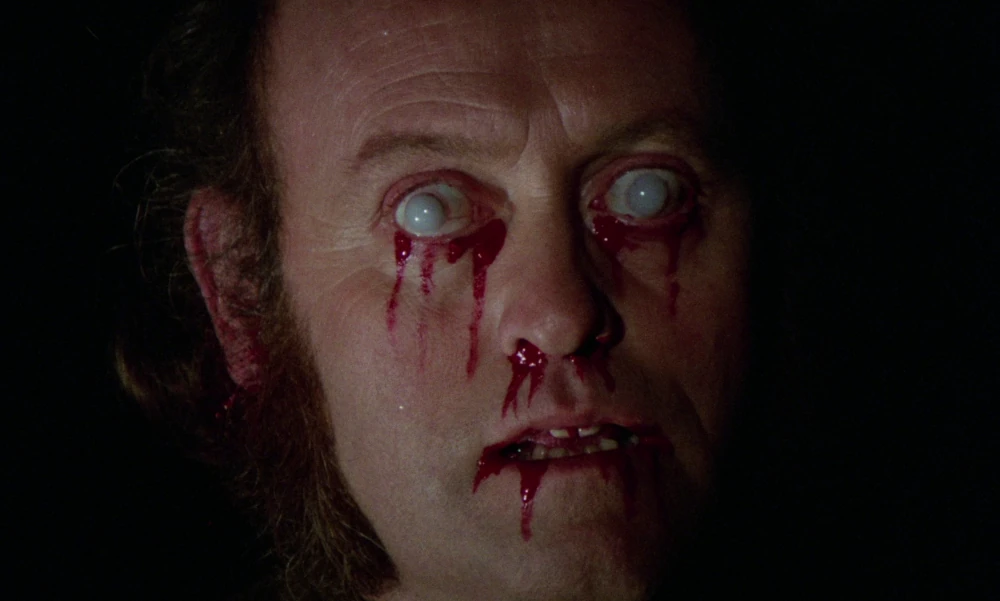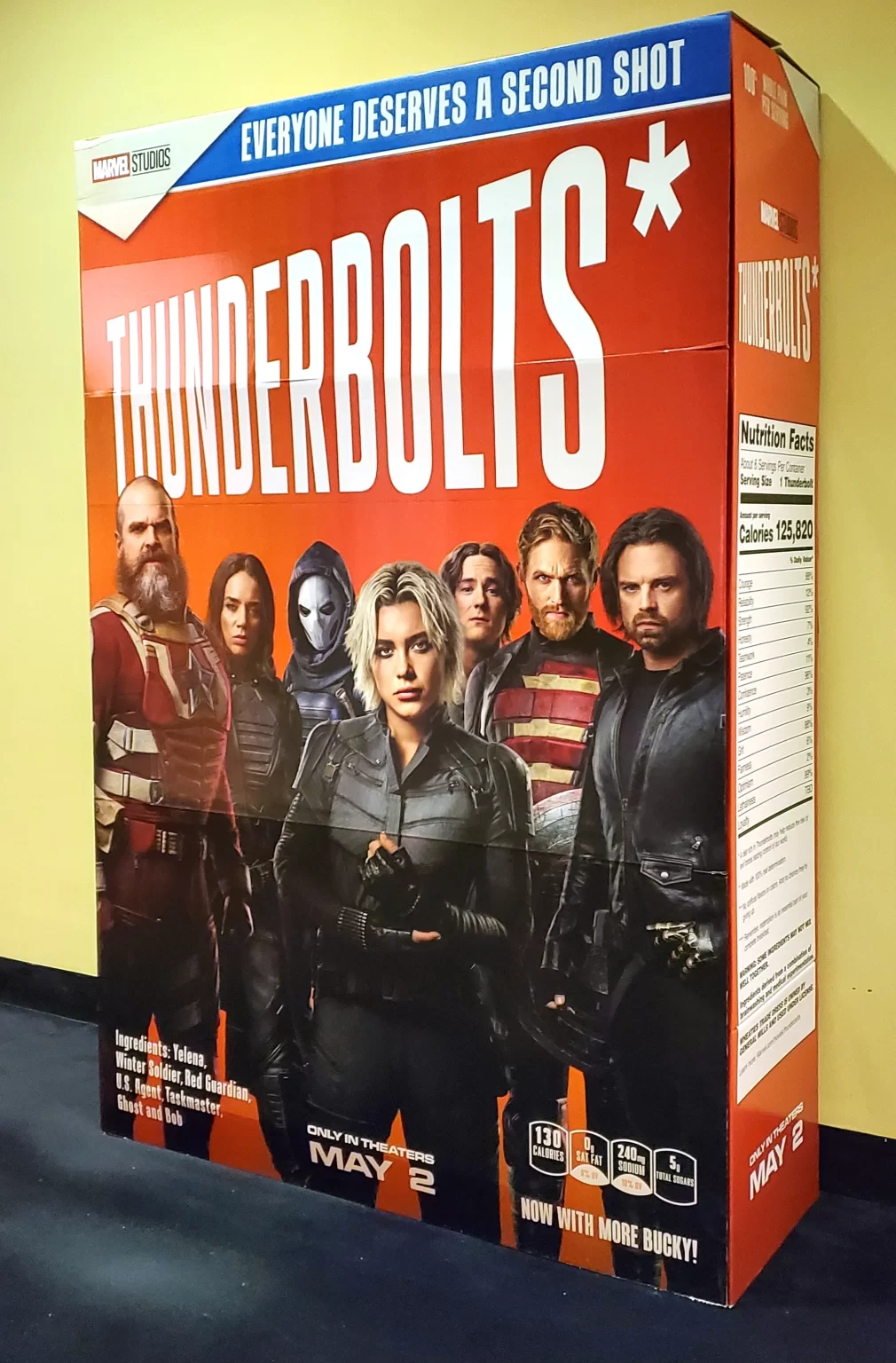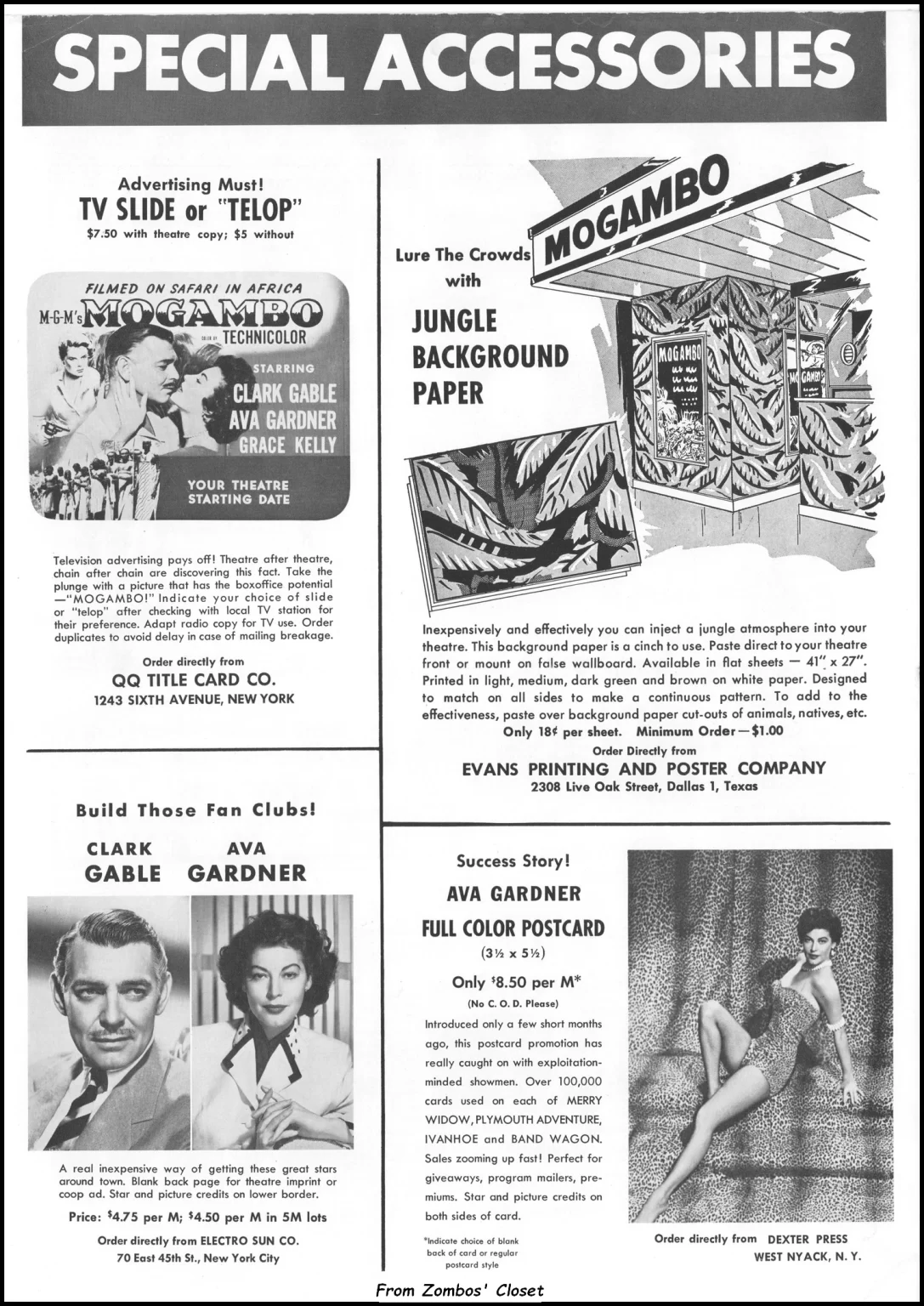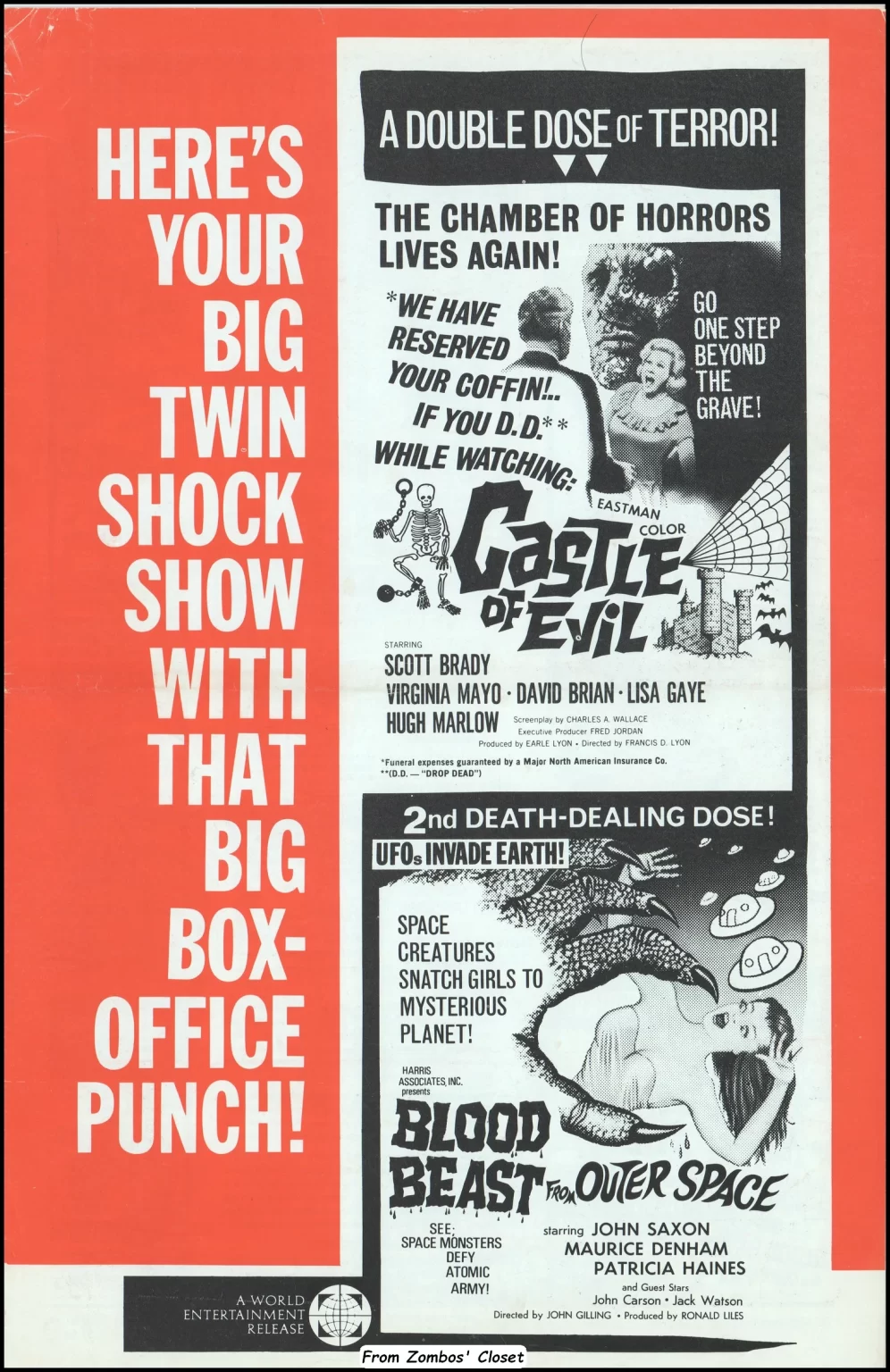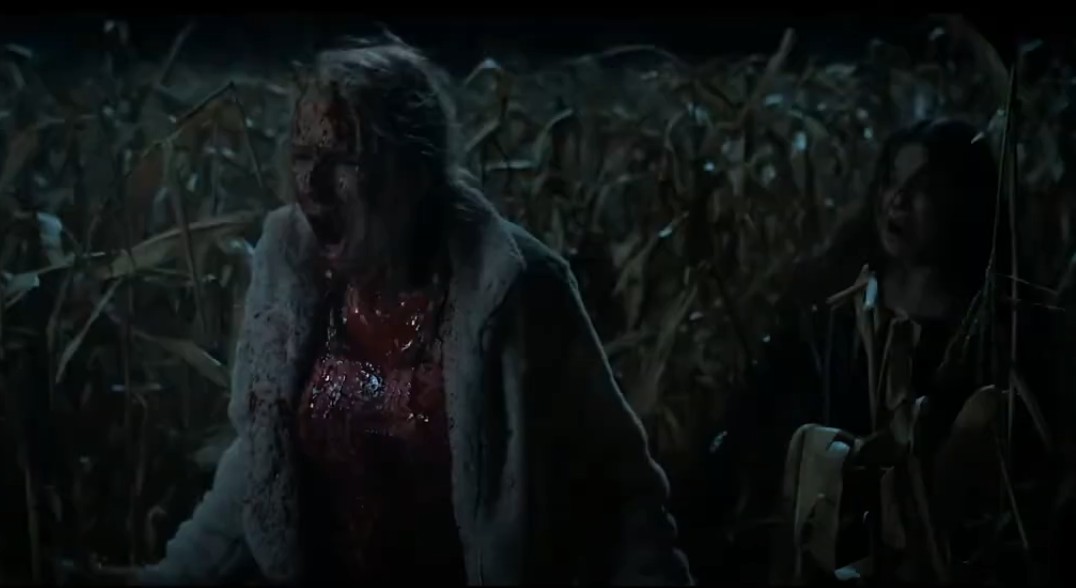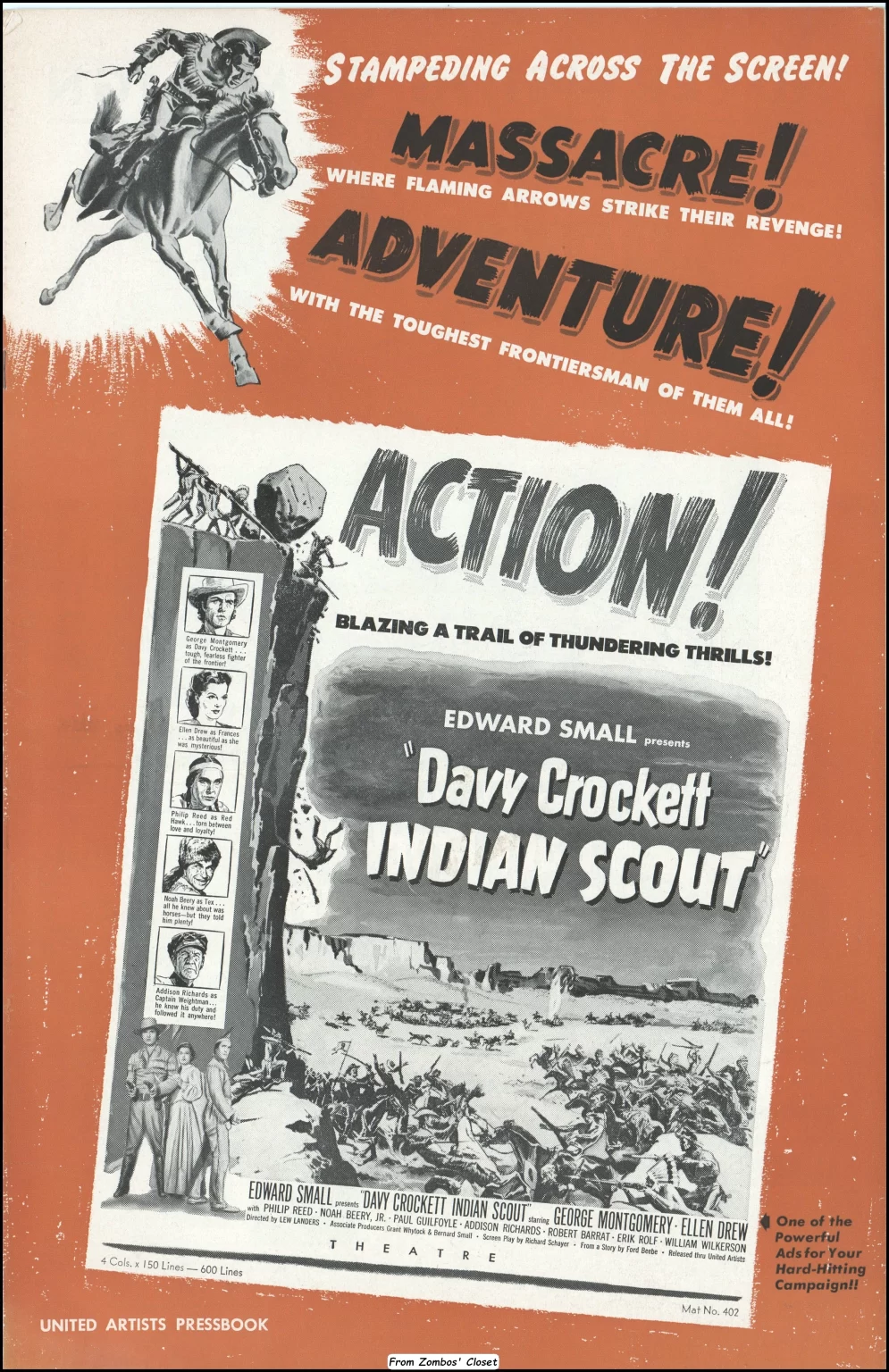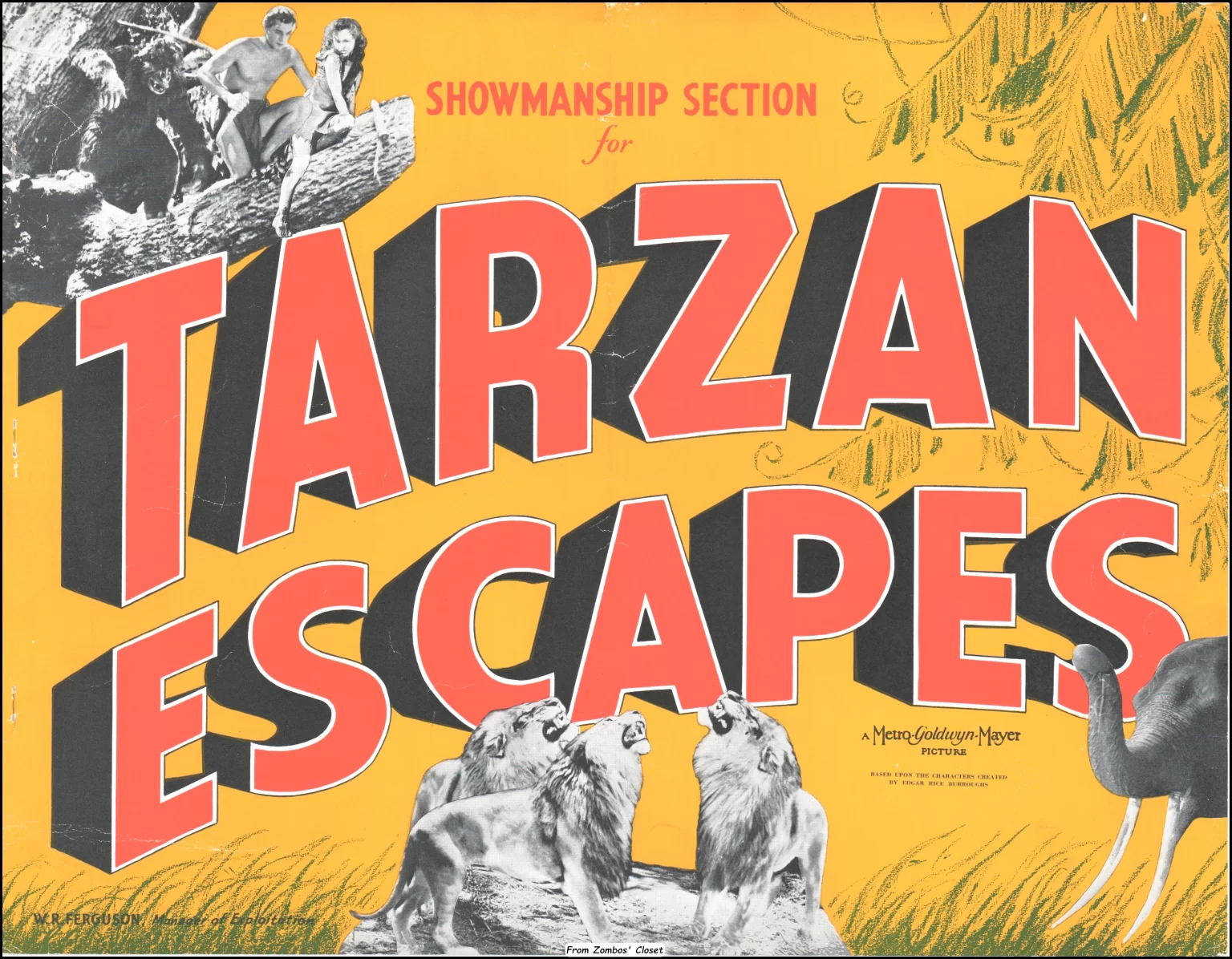Crossing the Streams
 Binge watching the streams and eye-balling the books falling off the shelf. What a life.
Binge watching the streams and eye-balling the books falling off the shelf. What a life.
Finally caught up to the Punisher on Disney Plus. I’d say the title should be more like the Punishment. He does get beat up. A lot. Jon Bernthal as Frank Castle presents the perfect picture of a human punching bag that punches back. Castle returns in a one-off special for Disney Plus, to be co-written with Bernthal, to air in 2026. The two seasons, so far, are intense, with Castle hunting down the people involved in his family’s murder. A twist pops up in season two when one of those people survives a horrific beating with some screws shaken loose and little past memory of how evil he was. He struggles between guilt and embracing that evil as it returns in flashes of violence. Castle just struggles with everything, but especially some internally driven guilt, leaving him open to bleeding. A lot. The Punisher ties neatly into the Jessica Jones and Daredevil universe, so essential viewing if you like that dark underbelly of crime noir dripping off of wet urban sidewalks feeling. …

